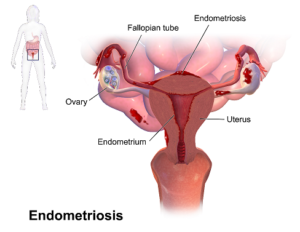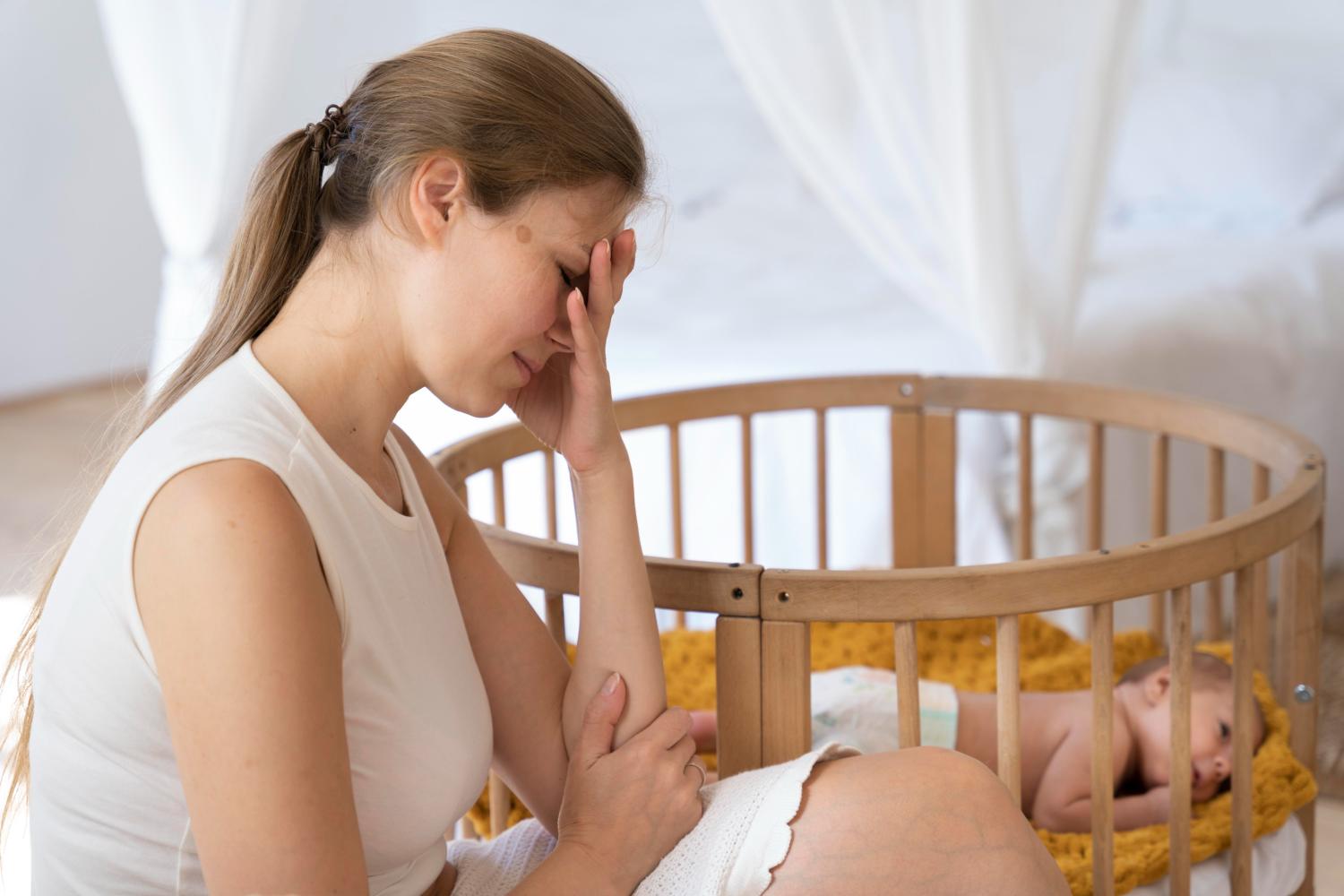
Uterus in a women’s body is lined from inside with tissues called endometrium. During the regular menstrual cycles, these tissues build up, break down and shed blood which comes out of the vagina. In endometriosis, the endometrium lines outside the uterus and at times attach to other organs like ovaries, fallopian tubes, the bowel etc. These displaced endometrial tissues continue to behave the same way during each menstrual cycle. However, when they thicken, break down and bleed there is no way for this debris to come out. Hence, they form scar tissues and cause painful adhesions.
Endometriosis mainly affects girls and women in their reproductive age group. It rarely occurs in the pre-puberty period or after menopause.
Classification of Endometriosis
Endometriosis is generally classified into four stages – minimal, mild, moderate and severe. Most of the women fall under the minimal to the mild stage. The classification is based on the exact location, extent, and depth of the implants. There is no relation between the stage of endometriosis and the severity of the symptoms. Woman with a stage 1 endometriosis might have extreme pain during periods while a woman with a stage 4 endometriosis might not show any symptom at all.
Symptoms of Endometriosis
Some women with endometriosis have no symptoms at all while others will report severe pain and other associated problems due to endometriosis.
Some of the common symptoms include:
Pain and discomfort during Periods (Dysmenorrhea) including abdominal cramps, pelvic pain, lower back pain, bloating, constipation, fatigue, diarrhea etc
Pain with bowel movement and urination
Pain during intercourse
Heavy bleeding during periods (Menorrhagia) or between periods (Menometrorrhagia)
Infertility – commonly diagnosed in women seeking treatment for infertility. The stage of endometriosis is not related to the severity of symptoms a woman experiences.
Causes of Endometriosis
The exact cause of endometriosis has not been identified. However, there are several theories explaining the causes as follows:
– Genetic Factors
– Menstrual blood containing endometrial tissues flowing back through the fallopian tubes – and into the pelvic cavity and sticking to organs present there (this is called Retrograde Menstruation).
– Endometrial tissues getting transferred through a surgical scar during a surgery like C-section or hysterectomy.
– Due to faulty immune system – which fails to get rid of the displaced endometrial tissues
– Blood or lymph fluid may carry endometrial cells to other parts of the body
– Primitive cells in the pelvic area may change into endometrial cells
– Low body weight
– Alcohol use
– Environmental toxins
Diagnosis of Endometriosis
Endometriosis can only be confirmed using a surgery, most commonly used is laparoscopy (Minimally invasive surgery). However, based on the patient’s medical history, discussion, and physical examination – a doctor can suspect strong case of endometriosis and can refer to a surgeon for confirmation.
Treatment of Endometriosis
The course of treatment is decided case by case. With treatment, the main aim is to manage the symptoms and treat infertility if that is the issue. Non-steroidal anti-inflammatory drugs (NSAIDs) are prescribed to relieve the pain and discomfort. Other hormonal drugs are prescribed depending on the stage, need, and requirement. For example, women with endometriosis seeking infertility treatment will be given different hormonal drugs while women nearing menopause will be prescribed a different kind of hormonal drugs.
Surgery is advised in cases of extreme endometriosis. As endometriosis is conclusively diagnosed during a surgery, most of the intervention is done during that time.
For any questions related to Endometriosis and their treatment options, please drop your queries here – http://www.kjkhospital.com/contact-us/





